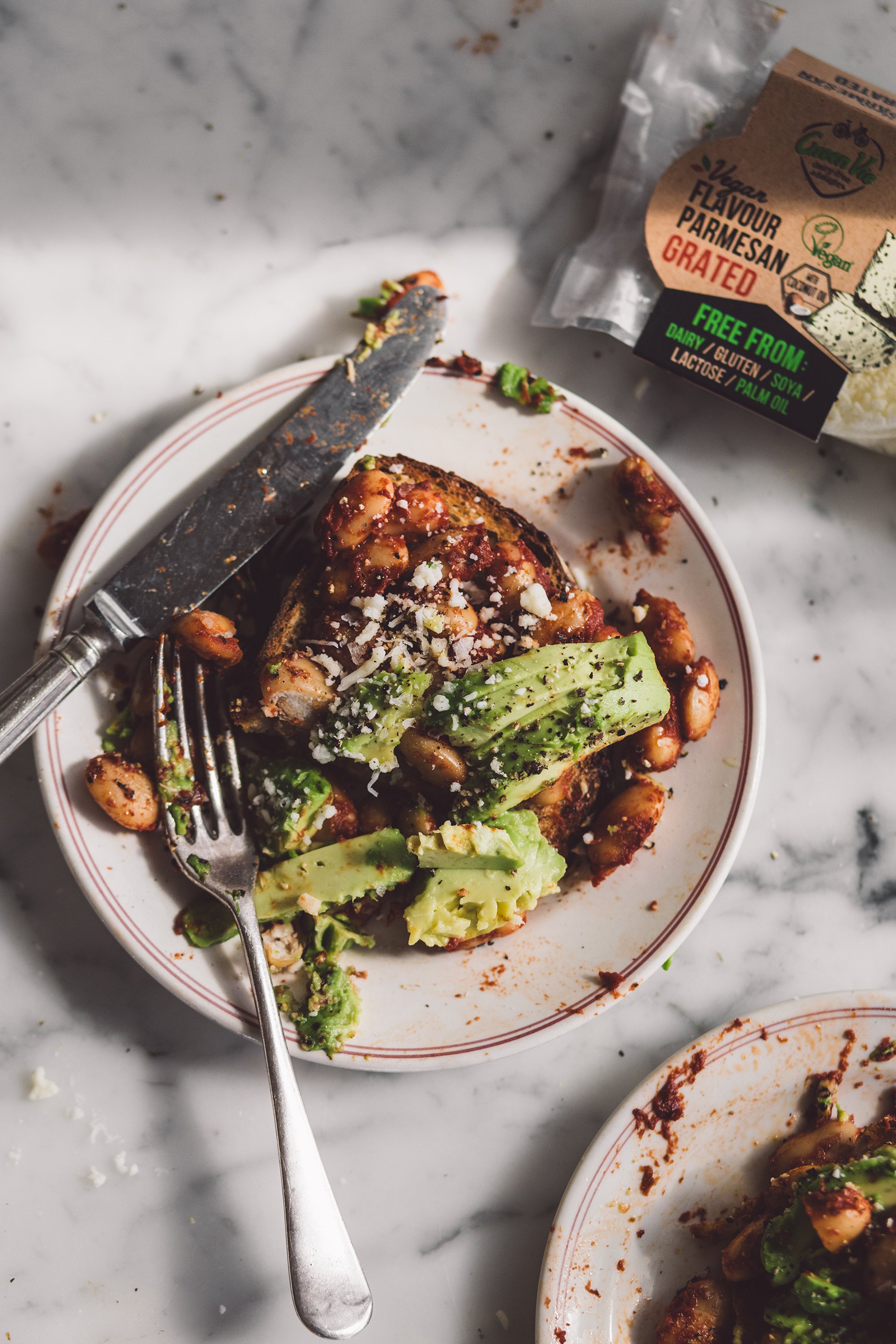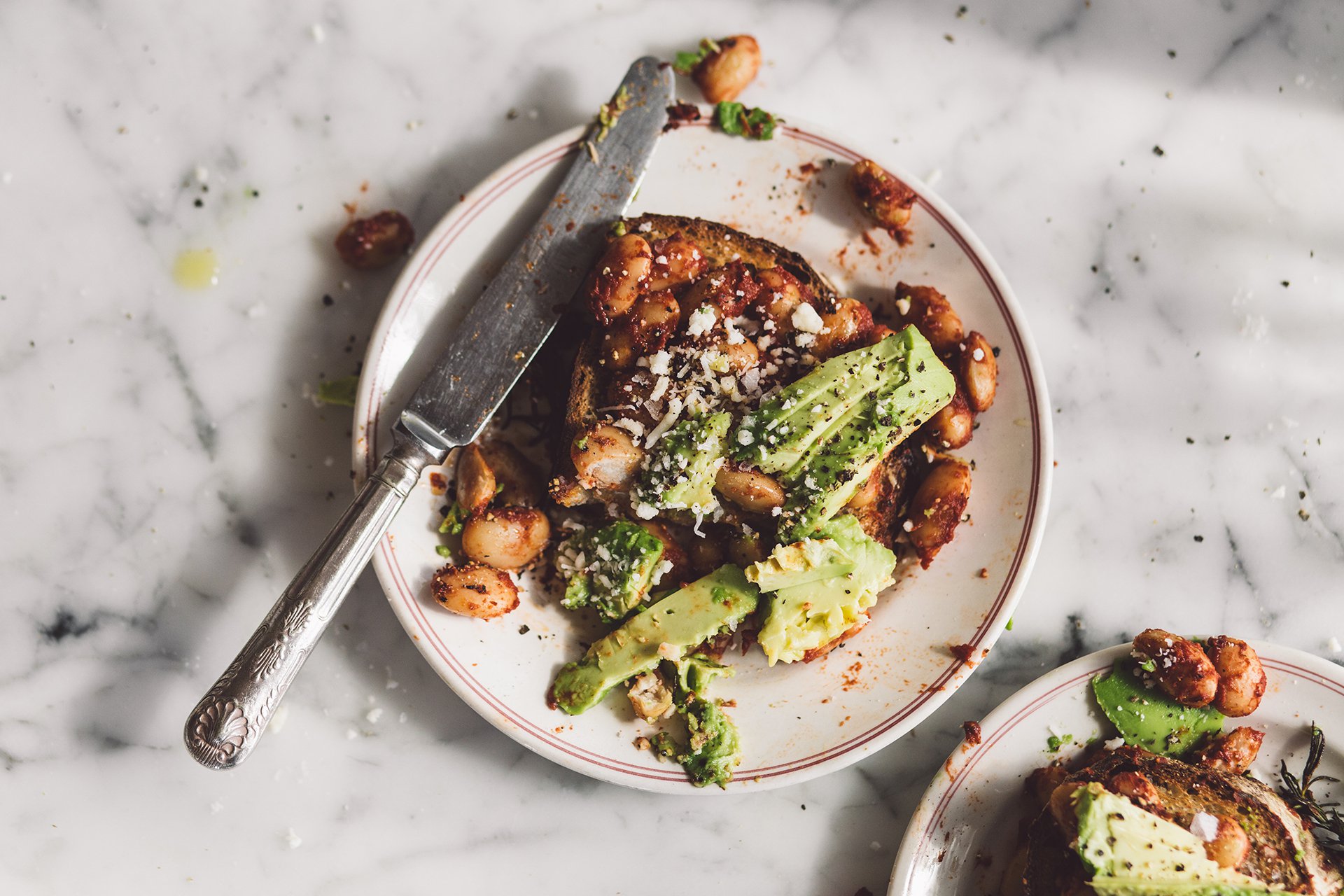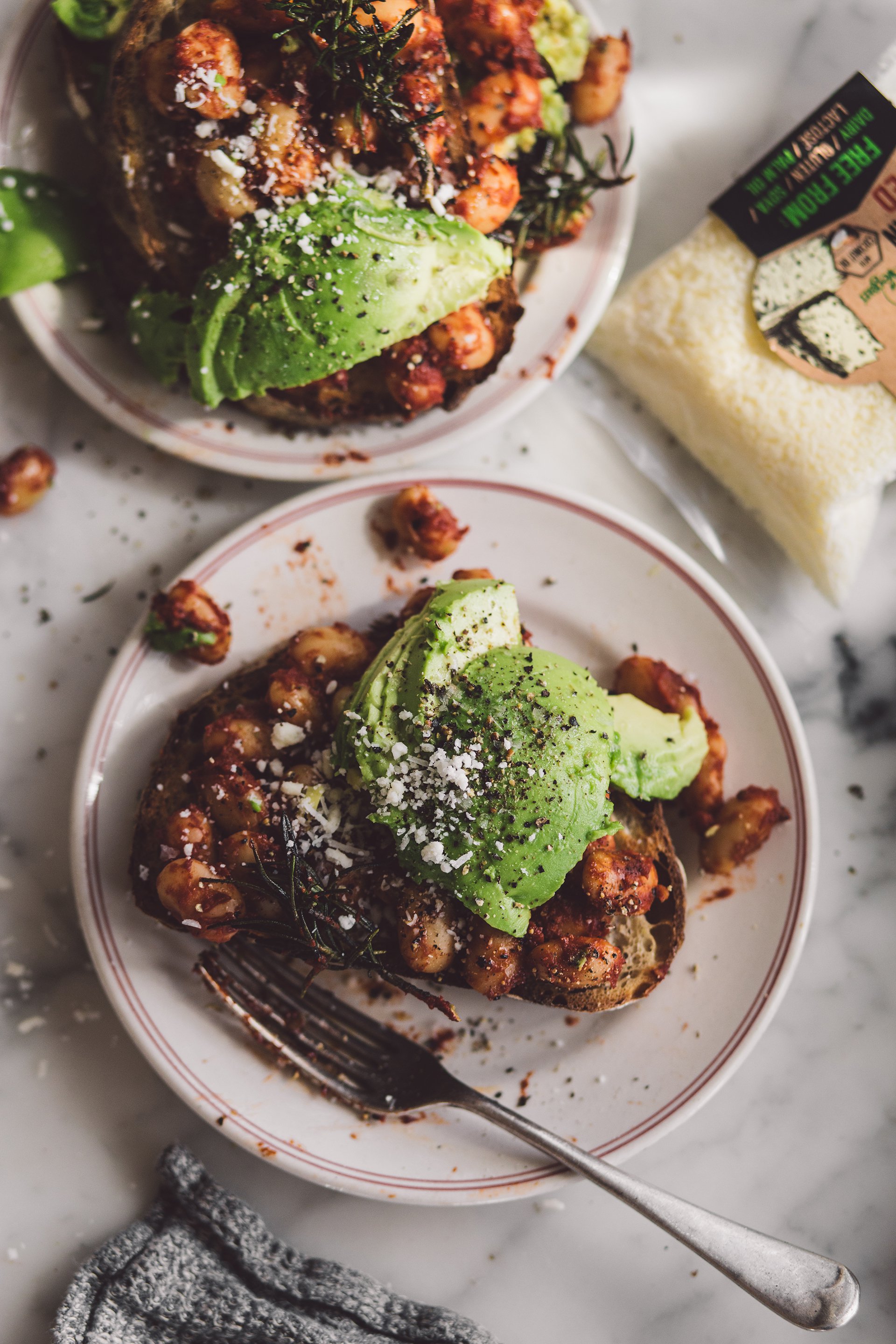How do vegans eat high protein?
The misconception that plant-based or vegan diets are deficient, that we are malnourished hippies that somehow manage to live off of lettuce and love needs to be eradicated. I completely understand why people often feel conflicted with regards to protein with the overabundance of information we're exposed to via the internet. I think when you make that transition to plant-based often this is going to be the first question you ask yourself, 'how much protein do I need?'. Individual protein intake will depend on your activity level, height, weight, genetics, and health and wellness goals. As such, I only need to eat approximately 0.75 grams of protein per kilo of body weight. To determine your protein requirements this chart is useful at a glance as an indicator.
I don't believe there is one food plan for everyone because we are all different and have unique wellness goals. Many factors will determine your vibrancy, food is fuel, and it has the power to affect us in so many different ways. But the people I know that transitioned to plant-based eating either fully or those who lean heavily vegan continued because of a heightened state of health. You feel lighter; I think improved digestion is a big part of that and there's definitely fewer skin breakouts. Things shift when you start paying attention to the building blocks you're feeding yourself every day. You can meet your protein requirements on a plant-based diet, it just requires a more considered approach to food preparation. I like to eat quite light, so I find these protein-packed plants below vital for maintaining focus, keeping my energy levels high and my blood sugar balanced.
Chickpeas: 15 grams per cup Each week, I’ll prepare a big batch of hummus to add to my meals throughout the week. And with the addition of tahini, hummus delivers healthy fats, protein, minerals and grounding comfort. A few spoonfuls can finish off any meal. And for when there are no avocados, hummus spread on sourdough toast is the next best thing.
Hemp seeds: 11 grams per 3 tablespoons I’ll add a heaped tablespoon of hemp seeds to most meals. They’re also the perfect addition to pesto and hummus. Hemp seeds deliver ideal ratios of fatty acids and essential minerals. And when you eat hemp seeds, you’re fueling your body with zinc — vital for thyroid health and sulfur, both of which can help keep the skin clear.
Lentils: 9 grams per half-cup For colder months, lentil dahl makes for a deeply nourishing comfort meal. With no soaking required, it simmers for just half an hour, so it’s ideal for weekdays. Add a side of brown rice, stir through a large volume of spinach and get grounded.
Oats: 8 grams per cup Every morning, I prepare oats. My friend adds them to her smoothies. Oats have unique antioxidants, avenanthramides that are known to help lower blood pressure levels. And soluble fibre that contributes to a healthy cardiovascular system. Whichever your ritual, find a way to work oats in, they’re one of the most potent foods on the planet.
LSA: 3 grams per tablespoon Nothing more than ground linseed (flaxseed), sunflower seeds and almonds which work synergistically to fortify your body with a healthful dose of protein, fibre, essential minerals and nutrients. LSA is a fridge staple for me, ensure high optimal functionality all day long. And far less expensive than nuts. And if you cannot locate LSA, ground linseed (flaxseed) is easily acquired online.
Spinach and other dark leafy greens: 2.9 grams per 100 grams There are always greens in my fridge, and they make an appearance at every meal. And if that isn’t you, blend them into smoothies. Eat as many leafy greens as you can. Leafy greens are going to have the most significant impact on the health of your gut and skin.







